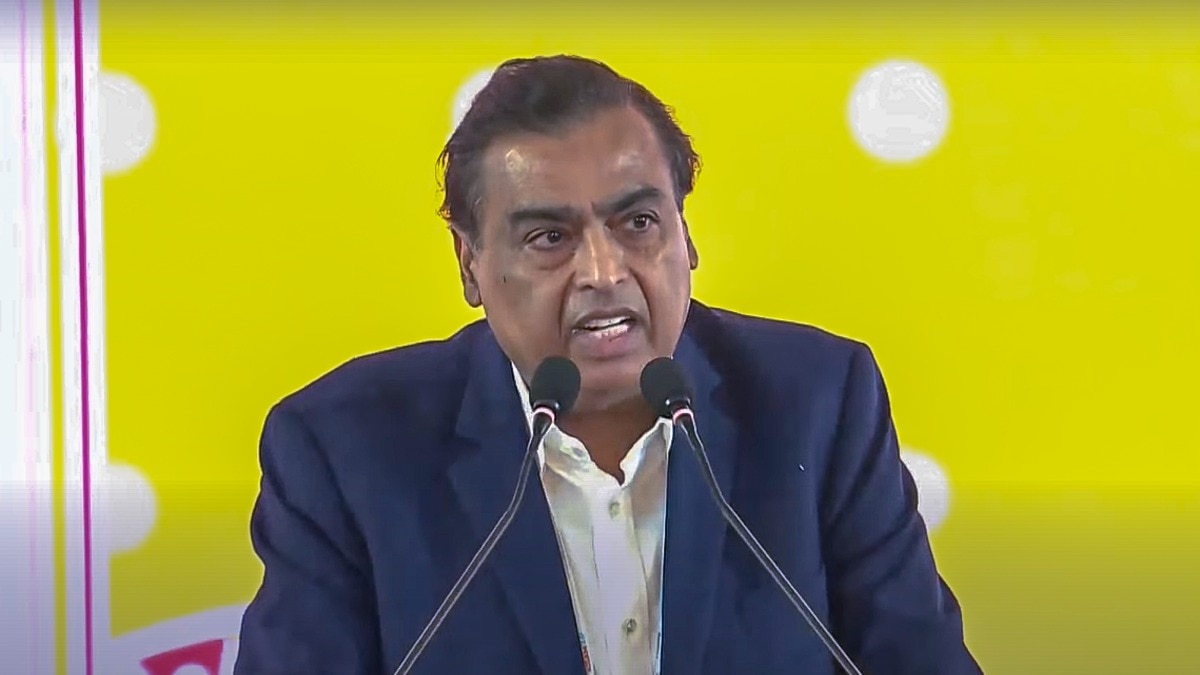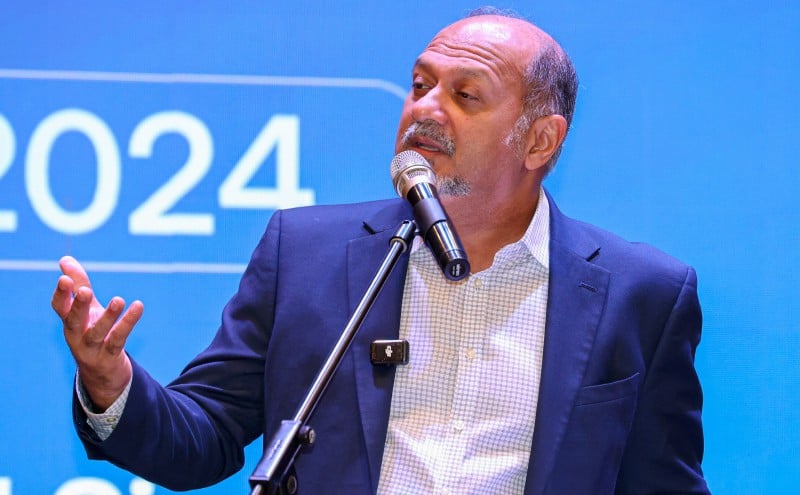LIMÓN DE CHAGRES, Panama — Digna Benite stands on the banks of the calm Río Indio and recalls playing in the water while her father fished. "This river is my whole life," Benite, 60, says through a translator. Benite's small village, made of simple homes and one paved road, depends on this river.
It sits about 10 miles west of the edge of Lake Gatún, the enormous freshwater reservoir that feeds the mighty Panama Canal. Río Indio is crucial to the canal system. And soon, Benite and thousands of others will be forced to relocate to make way for a new dam that would drown their homes.

Last week, the Panama Canal Board of Directors approved plans to build a dam to solve what it says is a long-term water shortage problem. Construction is expected to begin in 2027. The dam project will "meet the needs for the next 50-year horizon," says John Langman, vice president of water projects at the Panama Canal Authority.
Panama is one of the rainiest countries in the world. Many thought the country would never run out of water. But in 2023, a drought caused by El Niño got so bad that water levels and canal traffic plummeted, reducing the number of ships passing through by more than a third.
More than 50 million gallons of freshwater are required to move a vessel through a series of locks. All Things Considered recently visited Limón de Chagres and met with a few dozen people from neighboring communities. Many of the homes we walked past had signs in Spanish saying, 'No to the.



















